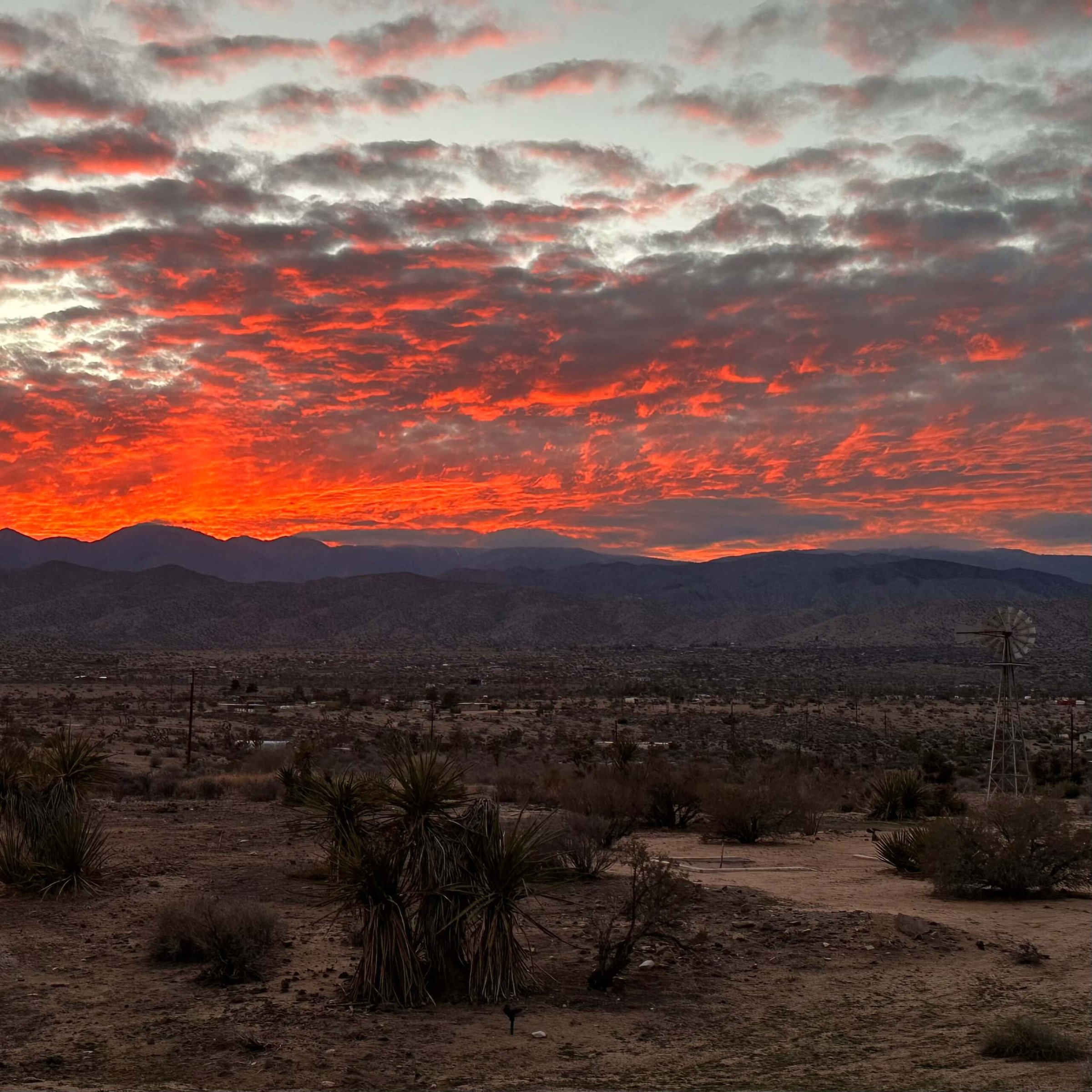Written by Lauren James Budhu
The highly coveted extra hour for millions of Americans will come soon, as the clocks "fall back" an hour and daylight saving time ends for the year. Daylight saving time ends at 2 a.m. local time next Sunday, November 3rd, which means you should set your clock back an hour before bed. Standard time will last until March 9th, when we will again “spring forward” with the return of daylight saving time. The twice-annual time change was designed to add more daylight in the mornings and evenings, depending on the time of year and the Northern Hemisphere's position from the sun. The hourly change has a rich history, with effects ranging from the environment to individual wellness.
Many think daylight saving time was conceived to give farmers an extra hour of sunlight to till their fields, but this is a big misconception. Farmers have been long opposed to daylight saving time since it throws off the harvest schedule. The concept is based on energy conservation and a desire to match daylight hours to when most people are awake. The first real experiments with daylight saving time began during World War I. In 1916, Germany and Austria implemented a one-hour clock shift to conserve electricity needed for the war effort. The United Kingdom and several other European nations adopted daylight saving time shortly after that, and the United States followed suit in 1918.
Most Americans only saw the time adjustment as a wartime act, and it was repealed in 1919. However, President Franklin D. Roosevelt re-instituted daylight saving during World War II in 1942. More states continued using daylight saving after the conflict ended, but for many years, there was little consistency with its schedule. Finally, in 1966, Congress passed the Uniform Time Act, which standardized daylight saving across the country and established its start and end times in April and October (later changed to March and November in 2007).
Yet daylight savings time remains controversial today. Some health groups, including the American Medical Association and the American Academy of Sleep Medicine, have said it is time to end the time changes and that sticking with standard time aligns better with the sun and human biology.
The brain has a master clock set by exposure to sunlight and darkness. This circadian rhythm is a roughly 24-hour cycle that determines when we become sleepy and when we are more alert. Morning light resets the rhythm, and melatonin levels begin to surge by evening, triggering drowsiness. Too much light in the evening — that extra hour from daylight saving time — delays that surge, causing the cycle to get out of sync.
Even an hour change can throw off sleep schedules because while the clocks change, work and school start times stay the same. That's a problem because so many people are already sleep-deprived. About one in three American adults sleep less than the recommended seven-plus hours nightly, and more than half of U.S. teens do not get the recommended eight-plus hours on weeknights. The change is also associated with a heightened risk of mood disturbances and hospital admissions, as well as elevated production of inflammatory markers in response to stress.
Regardless if you like it or not, it’s probably a good idea to prepare ourselves before we “fall back.” Some people try to prepare for a time change by changing bedtimes little by little in the days before the change and getting more sunshine to help reset circadian rhythms for healthful sleep. Get more suggestions on daylight saving prep here!


















